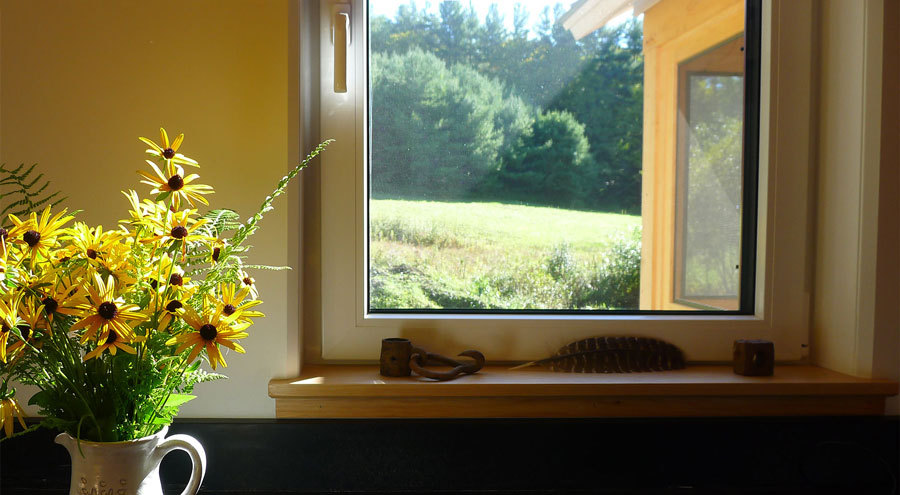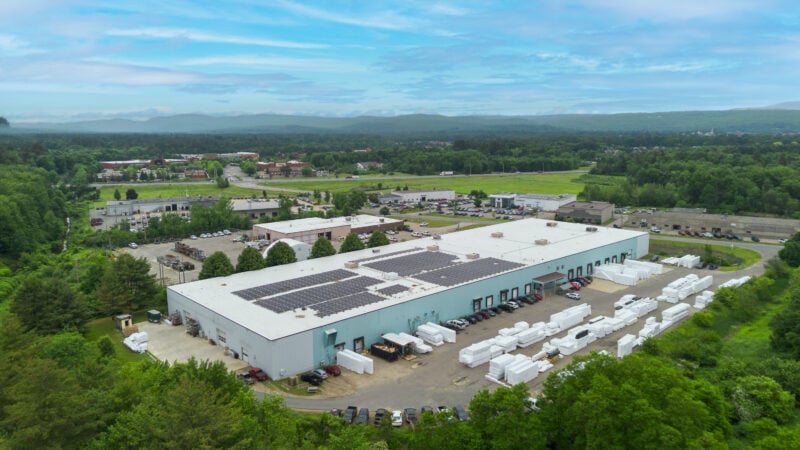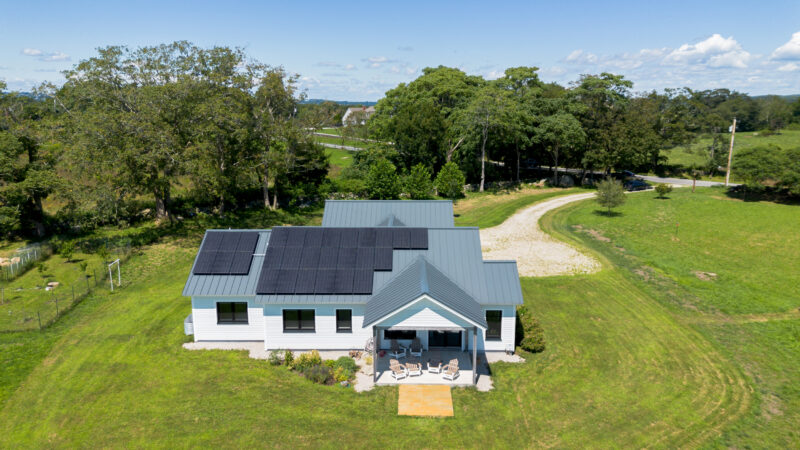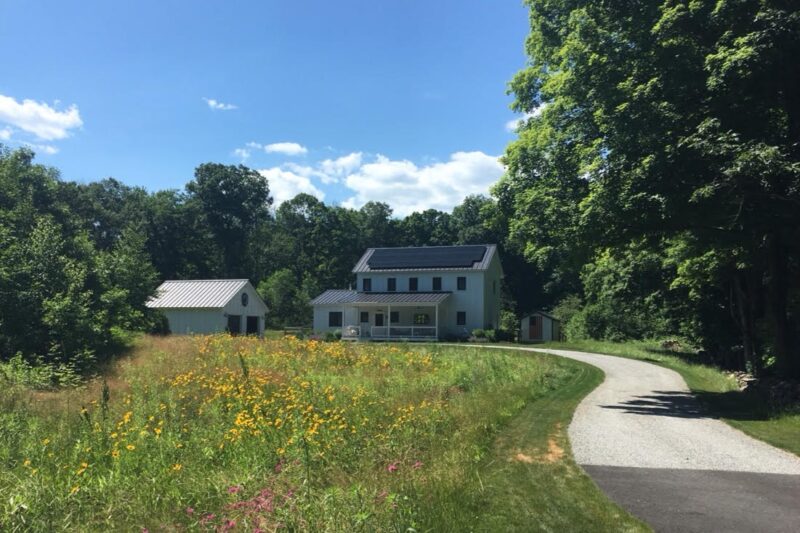A Whole-house Approach
We rarely hear anyone these days arguing for drafty construction because “buildings have to breathe.” Building scientists have known for decades that “build tight and ventilate right” is the appropriate mantra for creating homes that are healthy, comfortable, energy efficient and durable. Buildings cannot be too tight, but they can have inadequate ventilation. By taking a whole-house approach to material selection, air sealing and ventilation, Unity ensures that every home we build has healthy indoor air quality.
Building with Non-toxic Materials
At Unity, we choose carefully when it comes to the ingredients that go into your home. Our sustainability specialists evaluate all the materials we use to ensure that they meet green building standards for health, safety and sustainability. We use only low- or no-VOC (volatile organic compound) materials and finishes, so that they do not contribute to indoor air pollution. Natural wood-based materials, cellulose insulation and finishes derived from milk whey make the cut.
Why “Build Tight”?
Another way to phrase this question is “why not build a leaky house?” In homes that are not well air-sealed, warm air within the house rises due to the stack effect, and escapes through cracks and gaps. Replacement air is drawn in through holes and crevices down low in the house. Because this air coming into the house is not controlled or filtered, it’s bringing moisture, dirt, allergens and other contaminants into the house as it passes through the walls and foundation. And it needs to be heated—a waste of energy—to replace the warm air that’s being lost through the roof.
There is a better way, which is to build tight, and provide appropriately controlled heat recovery ventilation—or, as we like to call it, a “fresh air system.”
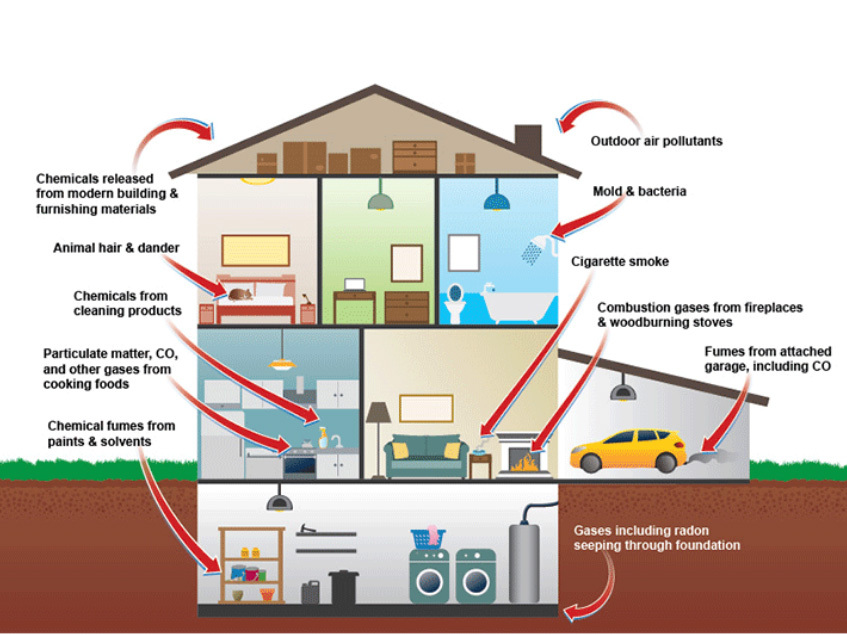
Airtight Construction
Building tight is simple in principle, but it can be challenging to do well, particularly for homes that are built piece-by-piece on a jobsite. At Unity, we complete much of the air sealing for our homes in the controlled conditions of our shop, where well-trained team members use high performance tapes and gaskets to air seal panels, and around windows and doors.
After our crew raises the shell of the home on site, we typically conduct a blower door test to measure and reduce the amount of air leakage between inside and out.
Continuous Fresh Air
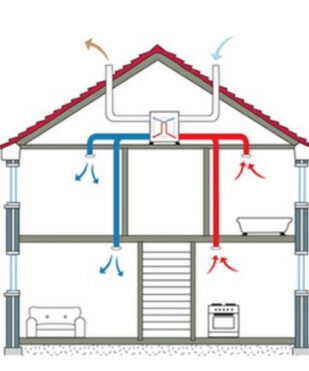
How does fresh air get into a house when it’s built as tightly as ours? We specify mechanical ventilation systems designed to provide continuous balanced ventilation to the home.
Unlike a simple bath fan, which creates a negative pressure by exhausting air from the house, our ventilation systems maintain balanced pressure by bringing in fresh air equal to the amount of stale, moist air being exhausted. The beauty of these systems is that they recover heat from the air going out, and transfer it to the air coming in—hence the term “heat recovery ventilation,” or HRV. The air coming into the home is fresh, tempered and filtered—in other words, healthy.
Heat recovery ventilation systems have been used for decades to ensure that high performance homes have a continuous supply of healthy fresh air. Given the benefits they provide to homeowners, we believe that these systems should be installed in every new home built.
Careful material selection, airtight construction and continuous ventilation result in healthy indoor air quality in every Unity Home.
